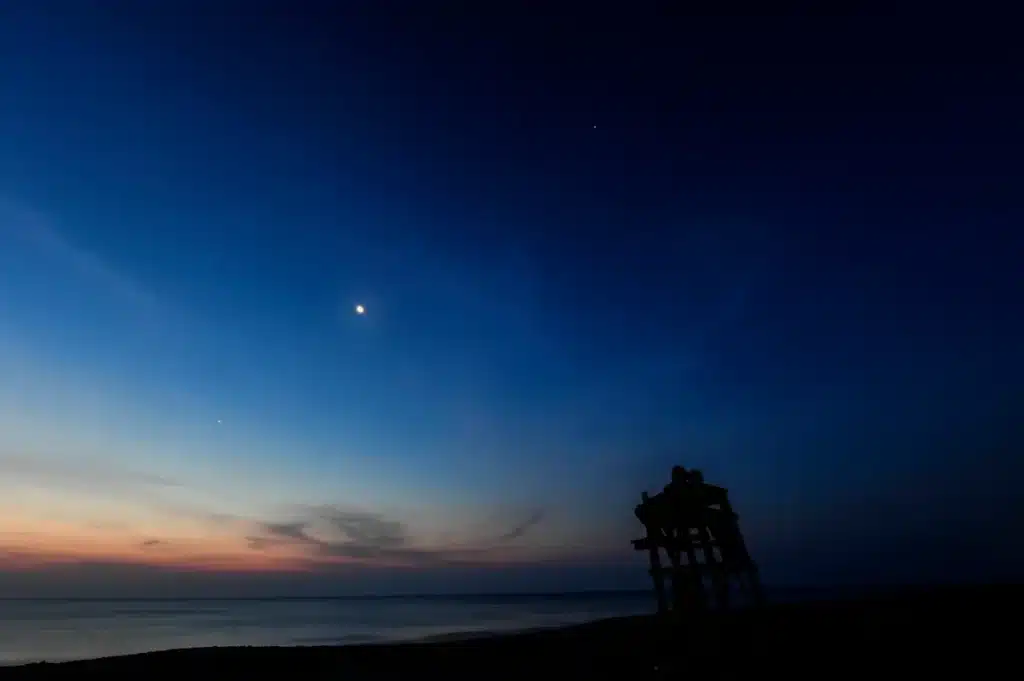Planetary alignments capture our imagination because they represent a rare intersection of celestial precision and human curiosity. Whether sparked by astrology, mythology or astronomy, these events turn our gaze skyward, prompting questions that have echoed through millennia. In this article, we unravel the mechanics, significance and cultural resonance of planetary alignments, offering a comprehensive, enduring resource designed to educate, fascinate and delight.
What Exactly Is a Planetary Alignment?
A planetary alignment happens when two or more planets appear close together in the sky as seen from Earth. Unlike precise orbital alignment, this is a perspective effect driven by the planets’ positions along their orbital paths.
- Conjunctions: Two planets aligning visually.
- Triple or Multiple Conjunctions: Three or more planets clustering.
- Grand Alignments: Several planets sharing a broad alignment over months.
- Syzygy: A strict three-body alignment (e.g. Sun–Earth–Moon during eclipses).
Despite appearances, planets don’t align neatly in a straight cosmic line—they only appear to do so from our vantage point.
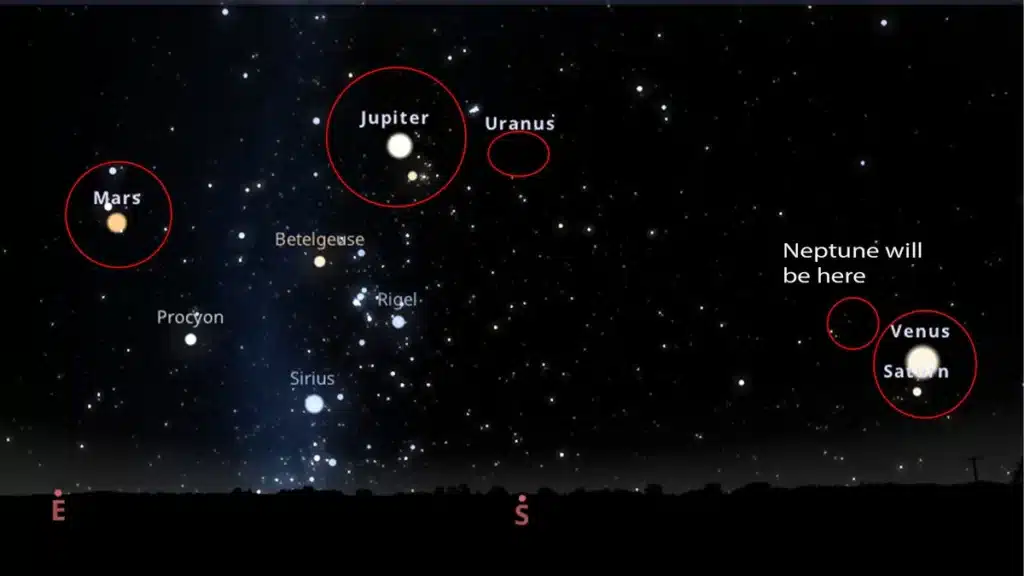
How Often Do Alignments Happen?
Contrary to sensational claims, planetary alignments occur routinely. While mild conjunctions take place several times annually, grand alignments involving four or more planets typically recur every two to five decades. Full alignments of all eight major planets are extremely rare—some astronomers predict the next around the year 2492.
Why Planetary Alignments Have Captivated Cultures
Astronomically speaking, alignments are harmless coincidences. But culturally, they have held immense power:
- Ancient Civilisations: The Babylonians, Greeks and Mayans aligned monumental structures and calendars with planetary events.
- Astrology: Throughout history and into today, many believe alignments influence personalities, events and energies.
- Modern Fascination: Today, alignments inspire photography, science festivals and evenings at stargazing clubs.
While science dismisses cosmic influence on human affairs, the symbolic dimensions remain potent and enduring.
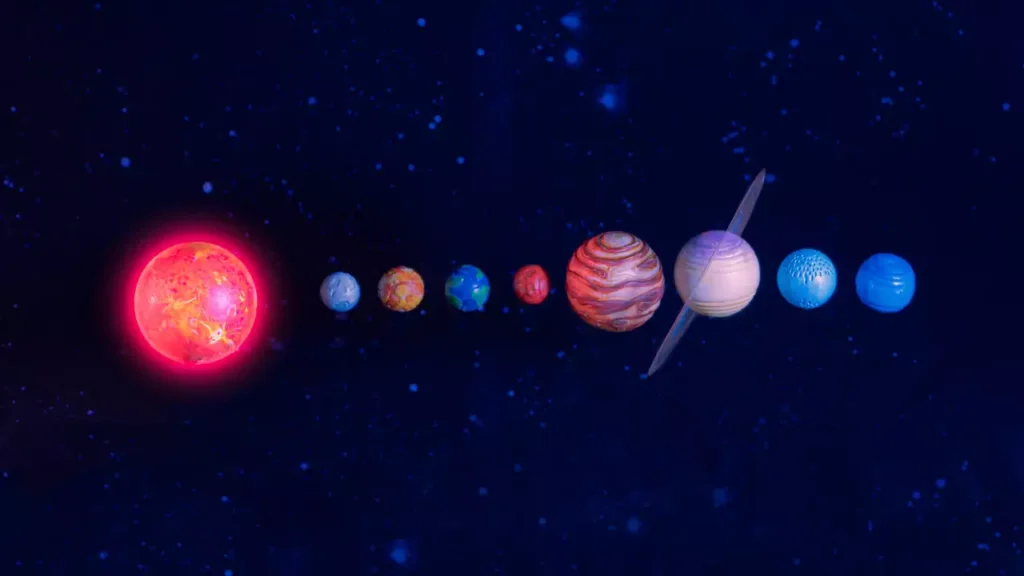
The Science Behind Alignments
Each planet orbits the Sun at different speeds:
- Mercury: 88 days
- Venus: 225 days
- Earth: 365.25 days
- Mars: 687 days
- Jupiter: 11.86 years
- Saturn: 29.45 years
- Uranus & Neptune: over 84 and 165 years respectively
These varying orbits create constantly shifting celestial configurations. By measuring elongation angles—the angles between planets and the Sun—astronomers can precisely predict when alignments will occur using ephemeris software like Stellarium.

Myth, Reality and Misconceptions
Many myths surround planetary alignments:
- Doomsday Prophecies: Despite claims about earthquakes or climate chaos, none stand up to scientific scrutiny.
- Influence on Weather or Behaviour: Gravitational effects from planets are minuscule—far weaker than the Moon’s influence on tides.
- Mayan Alignment Myths: Misinterpretations led to the “end of the world” narrative in 2012, which was not supported by their records.
What alignments do cause is renewed interest in astronomy and rich metaphors in art, literature, music and cinema—from Pink Floyd’s “Eclipse” to Andrei Tarkovsky’s Solaris.
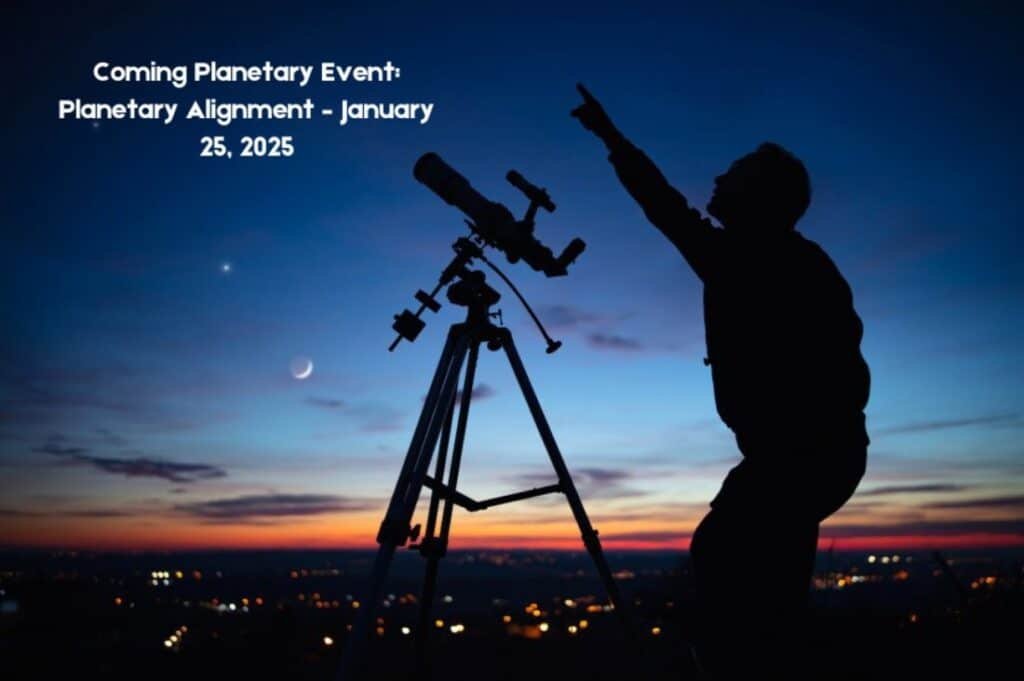
Viewing Alignments from the UAE
The UAE is ideally positioned for mid‑latitudinal skywatching:
For memorable experiences, organise a desert stargazing camp or a boat trip around Palm Jumeirah.
Check the International Astronomical Union (IAU) website or your local observatory for dates during pre-dawn or early evening hours.
Use free mobile apps like SkyView or Stellarium Mobile to locate planets against a clear desert horizon.
Best visibility comes when alignments occur within 10° of the ecliptic pathway.

The Planetary Alignment on January 25th
How to Photograph a Planetary Alignment
Want to capture the event? Follow these tips:
- Use a tripod and wide-angle lens (14–24 mm).
- Set ISO between 800–1600; aperture at f/4 or lower.
- Use manual focus set to infinity.
- Use a remote shutter or timer to reduce camera shake.
- Bracket exposures between 3–10 seconds depending on ambient light.
- Layer images in post-production software like Lightroom or Photoshop.
Include foreground elements—like dunes or palm silhouettes—to give context and scale to the sky.
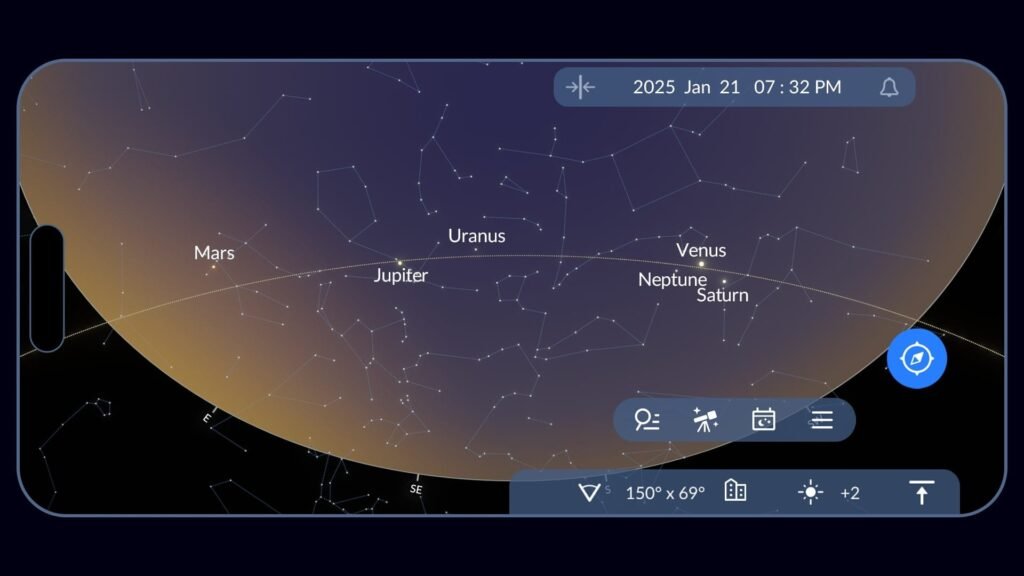
Cultural and Psychological Significance
Planetary alignments remind us that we are part of something bigger. Scientists and sociologists describe the communal awe as “cosmic synchrony”: an emotional, collective moment when people reconnect with the universe. These events encourage science communication, spark creativity in art and music, and invite public gatherings at observatories, planetariums, and science festivals.
Looking Ahead: Upcoming Alignments
Future multi‑planet alignments include:
2029–2030: Recurrent alignments spanning Venus, Mars and Saturn over several nights
September 2026: Venus–Mars–Jupiter near sunrise
May 2028: A five‑planet alignment visible pre‑dawn



